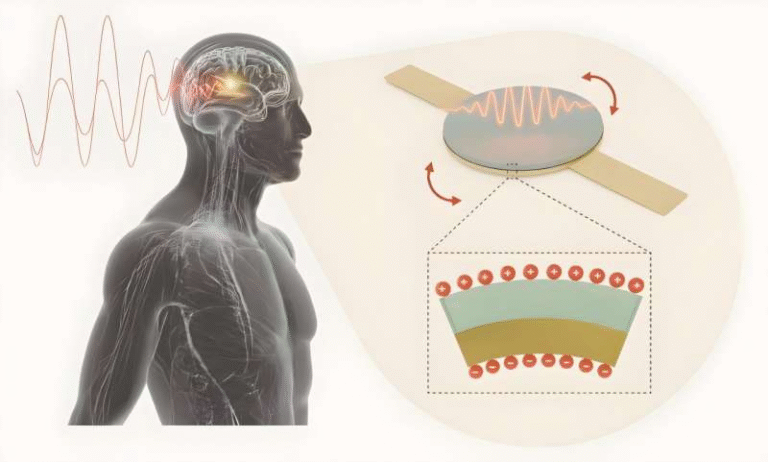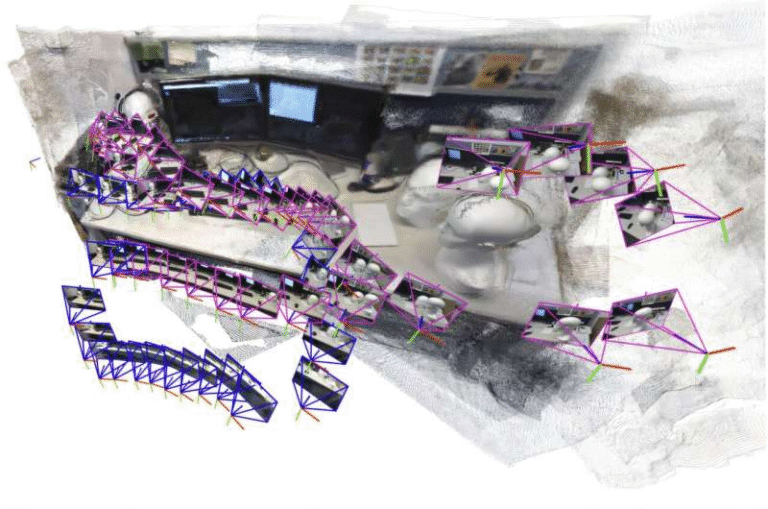MIT’s New Lightning Prediction Tool Aims to Protect the Next Generation of Aircraft

A new research effort from MIT is taking a big step toward improving how future aircraft handle lightning strikes. Today’s commercial airplanes get struck by lightning surprisingly often—more than 70 times every single day across the global fleet. Passengers rarely notice because modern planes are built with well-tested lightning protection systems. But these systems were designed for the familiar tube-and-wing layout used for decades.
Now, aviation is moving toward radically different aircraft shapes—blended-wing bodies, truss-braced wings, and other unconventional designs aimed at cutting weight and saving fuel. The problem is that engineers don’t yet know how lightning interacts with these new shapes, and historical data from traditional aircraft simply doesn’t apply.
MIT aerospace engineers, working with Boeing researchers, have developed a physics-based simulation tool that predicts how lightning will attach to and sweep across the surface of any aircraft shape. Their goal is to create clear lightning zoning maps so engineers know exactly which parts of a future plane need stronger protection—and which don’t.
Below is a detailed breakdown of the work, along with additional information about how lightning affects aircraft and why this new tool matters.
Understanding Why Aircraft Need Lightning Zones
Today’s planes use a set of standardized lightning zones. These zones determine how strong the lightning protection in different parts of the aircraft has to be:
- Zone 1: Areas most likely to experience the initial lightning attachment. These sections require heavy protection, often using embedded copper mesh or foil to safely conduct high currents.
- Zone 2: Areas where lightning may sweep across the surface after the initial strike, requiring moderate protection.
- Other regions: Areas unlikely to be directly hit but still needing minimal reinforcement.
These zones were created using decades of real-world data—inspections after strikes, refinements from aviation experts, and continuous improvements to engineering guidelines.
But this approach has a major limitation: it only works well for traditional aircraft shapes. As the industry explores new aerodynamic designs for fuel savings, engineers can’t rely on past data to know where lightning will attach or how it will move across the aircraft.
That’s where MIT’s physics-based approach comes in.
How the New MIT Tool Works
The research team built a detailed simulation system that predicts two key things:
- Where lightning is most likely to first attach
- How the lightning current sweeps across the aircraft after attachment
This approach is built from the ground up using physics, not historical data.
Step 1: Computing Airflow
First, the researchers simulate airflow around a 3D model of the aircraft using computational fluid dynamics (CFD). This includes variables like:
- Flight speed
- Altitude
- Pitch angle
- Geometry of the plane
Understanding airflow is crucial because lightning arcs tend to follow the direction of the moving air once attached.
Step 2: Predicting Initial Lightning Attachment
MIT had previously developed a tool that identifies where lightning is likely to first connect. Sharp edges, tips, and protrusions—like wing tips, the nose, and stabilizers—usually accumulate stronger electric fields. These areas have a higher chance of being hit first.
Step 3: Running Thousands of Lightning Arc Simulations
For each possible attachment point, the system simulates tens of thousands of lightning arcs from different angles. This massive dataset reveals how lightning statistically behaves across the aircraft surface.
Step 4: Converting Predictions into Zoning Maps
The simulation results are turned into a probability-based map showing:
- Regions where arcs will likely pass
- Areas with long dwell times (where an arc stays longest)
- Places that require the heaviest protection
The researchers validated the method on a standard tube-and-wing airplane, and the physics-based zoning closely matched existing real-world zoning guidelines. This gives confidence that the method is accurate.
Now the team is applying the tool to experimental aircraft geometries that have no historical lightning data at all.
Why Weight Optimization Matters in Lightning Protection
Lightning protection materials like copper mesh add weight—sometimes hundreds of kilograms to a large aircraft. If engineers protect the entire airframe at the highest level, the plane becomes too heavy to be efficient.
That’s why zoning is crucial:
You reinforce only the areas that truly need it.
MIT’s tool could help reduce unnecessary weight by precisely identifying where to place heavy protection and where lighter measures are enough. Future aircraft designers could integrate these decisions early in the shaping and materials process, rather than retrofitting protection later.
Applications Beyond Aircraft
Lightning poses a serious threat to other large structures exposed to atmospheric conditions. One major example is wind turbines, especially offshore turbines that are becoming larger each year.
About 60% of wind turbine blade losses are attributed to lightning damage. Offshore turbines are even more vulnerable due to increased height and exposure. MIT’s team believes their simulation approach can be adapted to help engineers design better lightning protection systems for turbine blades as well.
This cross-industry application shows the broader potential of physics-based lightning prediction.
Why This Research Is Important for Future Air Travel
Aircraft designs are changing fast, especially with companies developing:
- Blended-wing prototypes
- Carbon-fiber heavy aircraft
- High-aspect-ratio truss-braced wings
- Electric and hybrid aircraft with unconventional layouts
These designs promise lower fuel burn and better efficiency, but they complicate lightning protection because their shapes interact with airflow and electrical fields in unfamiliar ways.
MIT’s new tool:
- Works for any aircraft shape
- Provides probability-based metrics
- Helps engineers design lighter and safer planes
- Can influence future aircraft certification guidelines
- Offers a universal method beyond historical data
Researchers at Boeing who collaborated on the project see this as a way to shape future industry standards. A physics-based zoning model could eventually become a formal part of Aerospace Recommended Practices (ARP) for lightning certification.
Additional Background: How Lightning Interacts with Aircraft
Lightning usually strikes an aircraft in the following sequence:
1. Initial Attachment
Lightning attaches to a high-electric-field point—often a sharp tip or protruding edge.
2. Swept Stroke Phase
As the aircraft moves forward at high speed, the lightning current sweeps along the fuselage or wing. The arc may:
- Re-attach at new points
- Split into multiple branches
- Increase or decrease in intensity depending on airflow
3. Exit Point
Lightning eventually exits the aircraft from another extremity.
The aircraft essentially becomes a conductor passing through an electrically charged environment. It’s not the voltage itself that damages aircraft components—it’s the current density, dwell time, and attachment locations. These are exactly the factors MIT’s tool simulates.
What’s Next for the MIT Team
The researchers are now applying their tool to real unconventional aircraft designs being evaluated in the aviation industry. Their next goals include:
- Adapting the tool for highly complex geometries
- Improving simulation speed
- Integrating the tool into early aircraft design workflows
- Working with certification committees to develop new standards
They’re also exploring how this method could be used for:
- Electric vertical takeoff and landing vehicles (eVTOLs)
- High-altitude drones
- Future supersonic aircraft
- Large commercial blended-wing prototypes
The long-term vision is straightforward: ensure that flying remains safe as aircraft shapes evolve dramatically over the next several decades.
Research Reference
Paper: A Physics-Based Approach to Aircraft Lightning Zoning: Zone 2
Authors: Nathanael A. Jenkins, Louisa Michael, Benjamin Westin, and Carmen Guerra-Garcia
Journal: IEEE Access
Link: https://doi.org/10.1109/access.2025.3628197





